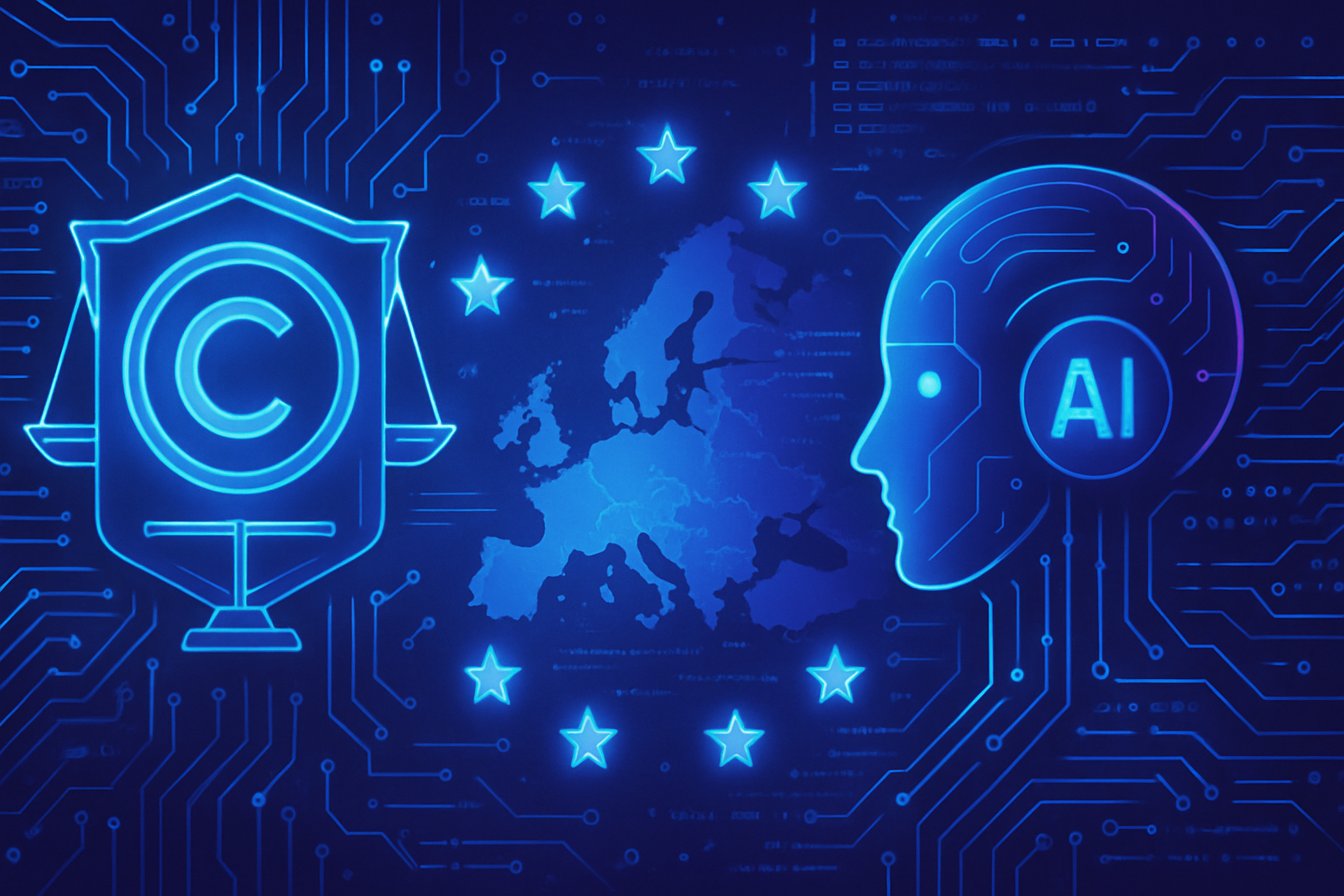The rapid rise of artificial intelligence is catalyzing an unprecedented demand for electricity in data centers. By 2030, these infrastructures could consume the equivalent of *the total electricity consumption of Japan*, an alarming prospect for energy security. The International Energy Agency report highlights a worrying trend: centers, already energy-hungry, will double their consumption, leading to a *significant increase in CO2 emissions*. The stakes of such a evolution concern energy sector stakeholders.
The dizzying increase in energy demand
By 2030, electricity consumption from data centers is expected to more than double, reaching around 945 terawatt-hours (TWh). This surge accompanies the rise of artificial intelligence (AI), as indicated by a report published by the International Energy Agency (IEA) on April 10th.
Today, data processing infrastructures account for about 1.5% of global electricity consumption, equating to 415 TWh. However, this share has grown by 12% annually over the past five years, a pace that accelerates with the development of generative AI requiring massive computing capabilities.
Impact of AI on energy infrastructures
In the 302-page report, the IEA points to the significant impact of AI on the energy sector. The capabilities required to process enormous amounts of data lead to an electricity demand that the current grid struggles to meet. To illustrate, a data center of 100 megawatts consumes annually the equivalent of the electricity of 100,000 households. Tomorrow, the large infrastructures being built could consume up to twenty times more, representing the consumption of two million households.
Geographical distribution of data centers
Data centers are concentrated in certain regions, primarily near urban areas. This concentration poses challenges in terms of energy supply and the management of electrical grids. According to the IEA, the United States, Europe, and China account for about 85% of data center consumption. The United States alone could see these infrastructures contribute to nearly half of the increase in electricity demand.
Environmental consequences and CO2 emissions
The growth of data centers will lead to a significant rise in CO2 emissions, increasing from 180 million tons today to 300 million tons by 2035. Although these emissions remain below 1.5% of total emissions from the energy sector, they are among the most dynamic sources of increase.
The IEA underscores the need to diversify energy sources to meet this growing demand. Coal, which currently accounts for 30% of needs, could see its share decline, while renewable energies and natural gas should take over due to their availability and economic competitiveness.
Potential solutions and future prospects
The report encourages considering that AI could also provide innovative solutions to optimize energy efficiency in other sectors. The efficiency gains generated by AI applications could offset, or even exceed, the additional emissions related to data centers. The IEA also recognizes the importance of a proactive policy to regulate this energy transition, emphasizing that no miracle solution exists to solve the current energy challenge.
Discussions around energy use in the context of an expanding AI continue. Companies like Google are exploring bold solutions, such as investing in mini nuclear reactors to ensure a reliable supply for their infrastructures. These initiatives reflect an intention to anticipate future challenges.
Fears about the acceleration of climate change by AI sometimes seem overestimated. However, the widespread adoption of this technology is not guaranteed. Therefore, it is imperative to establish a balance between technological progress and energy sustainability to mitigate negative environmental impacts.
Common questions about the rise of AI and electricity demand for data centers
What is the expected impact of the rise of AI on electricity consumption in data centers by 2030?
According to the International Energy Agency, electricity consumption in data centers is expected to more than double by 2030, reaching around 945 TWh, which represents nearly 3% of global electricity.
Which regions of the world are most affected by the increase in electricity demand due to AI?
The United States, Europe, and China currently account for about 85% of data center consumption, with a strong anticipated increase in countries like the United States.
What are the main sources of electricity used to power data centers?
Data centers use a wide range of energy sources, including coal, renewable energies, and natural gas, the latter becoming increasingly competitive in terms of costs.
What is the proportion of electricity consumption in data centers compared to that of households?
A 100-megawatt data center can consume as much electricity as about 100,000 households per year, and the largest centers under construction could consume the equivalent of two million households.
What solutions exist to mitigate the environmental impact associated with the increase in electricity consumption of data centers?
It is crucial to explore energy efficiency practices, increase the use of renewable energies, and advance innovations that could reduce CO2 emissions despite the increase in electricity demand.
Why does the rise of AI lead to a significant increase in computational capacity needs?
Artificial intelligence, particularly generative AI, requires colossal computing capabilities to process enormous volumes of data, which directly increases electricity demand in data centers.
Will the increase in electricity demand from data centers have a direct impact on CO2 emissions?
Yes, the IEA predicts that emissions related to electricity consumption in data centers will rise from 180 million tons of CO2 currently to 300 million tons by 2035, although this remains a relatively small share of global emissions.
What is the relationship between the adoption of AI and the necessary energy policies?
Although the adoption of AI may bring efficiency gains in certain sectors, the International Energy Agency emphasizes that a proactive approach and tailored energy policies are essential to manage the growing demand and reduce environmental impact.






